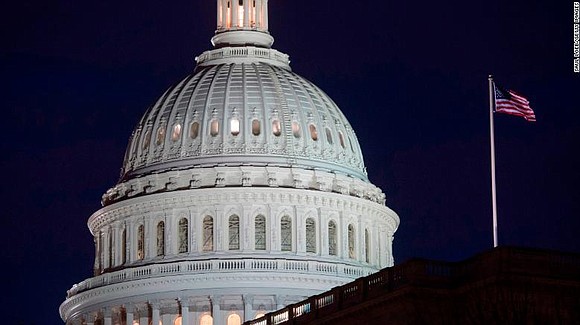Democrats may already be 35% of the way to a House majority
CNN/Stylemagazine.com Newswire | 3/27/2018, 10:02 a.m.
Analysis by Harry Enten, CNN
(CNN) -- With the retirement announcement of Pennsylvania Republican Rep. Ryan Costello, there are now eight open seats currently held by Republicans in districts that Hillary Clinton won in 2016.
And there's a good chance the Democrats will win them all, bringing the party 35% closer to the 23 seats it needs to flip to win control of the House.
That's because the opposition party just doesn't lose seats like these eight in midterm elections.
Going back to 1994, the president's party is batting 0.000 in seats like Costello's, where there will be no incumbent on the ballot and where the president's party's candidate won in the previous House election but the opposition party's presidential candidate won in the previous presidential election. (Hat tip to the Cook Political Report's Dave Wasserman, who first pointed out this statistic.)
You'd have to go all the way back to 1990 for such a seat to be held onto by the president's party, according to a dataset put together by political scientist Gary Jacobson. That year, Republican Jim Nussle held onto a Republican seat in Iowa's second congressional district by just a point.
The Jacobson dataset shows that the White House party has held onto seats won by the opposition party's presidential nominee in the prior election zero out of 26 times. While 26 is not a huge number, it's certainly substantial and gives you a good idea of how hard of a job Republicans have ahead of them to hold these districts.
There's little reason to believe the trend of prior elections won't hold this year. We've already seen significant shifts on average in the special elections away from the Republicans. Like the eight seats such as Costello's, those special elections were open seats with no incumbent running.
Of course, Democrats need a far greater net gain than eight in order to take back the House. The good news for Democrats is that if 2018 looks anything like past years, these eight seats are just the tip of a potential Democratic wave. In 1994, 2006 and 2010, open seats won by the opposition party in the previous presidential election accounted for less than 25% of the net gain. When Democrats last took back the chamber in 2006, they accounted for less than 10%.
In 2018, the potential of having these seats account for a higher number of the net gain means Democrats would need a much lower percentage of seats to be in tough terrain than is usually won in waves.
To take back control, Democrats may only need a net gain of 15 Republican held seats in either districts won by Clinton (but where the incumbent is running for re-election) and open seats won by President Donald Trump in 2016.









